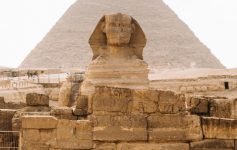Situated at the junction of the Levantine and Arabian areas of the Middle east, bordering Syria on the north, Saudi Arabia on the South, Iraq on the east, and Isreael and the Dead Sea on the west, Jordan is a relatively small country, rich in nature, culture and history, which has left it with many great sites.

Arid hills and mountains blessed with dramatic scenery, table-flat expanses of sweeping desert, narrow canyons of colorful rock, fascinating red sea reefs and ancient cities, not to mention the Jordanian people, who are among the most friendly and welcoming in the world and even more – this is how Jordan looks like. Jordan experiences good weather all year round with clear sunny skies and almost no rain.
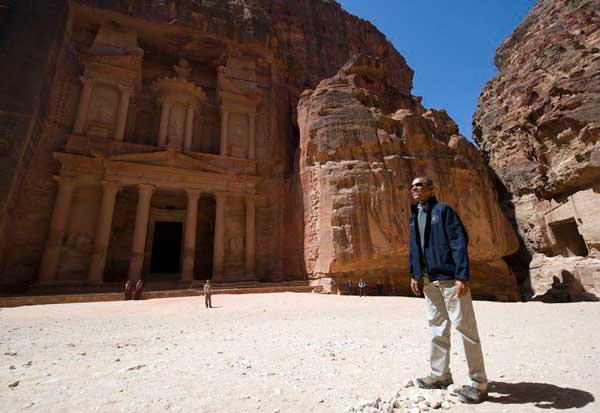
One of the advantages of the country is that you can see all tourist spots in a single trip. Are you surprised? Yes, the city is so small that it takes some 5 hours by land to travel from northern Jordan to the southern. Jordan’s mouth-watering Mediterranean cuisine is another reason to visit there, which usually incorporates four main ingredients – baba ghanouj, hummus, falafel and olives. Not to be missed is the country’s national dish, ‘mansef,’ which is made up of rice and lamb slathered in yogurt sauce.
Amman
Jordan’s capital, Amman is a modern, culturally diverse Arab city, built on a series of hills affording its residents dramatic vistas at every turn. Famous for its intriguing souks and bazaars, this is one of the safest and friendliest cities in the Middle East, and a city of contrasts with old and ultra-modern buildings, a wide range of hotels, smart restaurants, and art galleries. The people of Amman are multi-cultural and well-educated, always proud in showing tourists the city’s majestic and vibrant attractions. Amman Citadel is one of the highlights of the city, a place of significant historical importance, housing an interesting collection of tombs, columns, stairs, arches and walls.
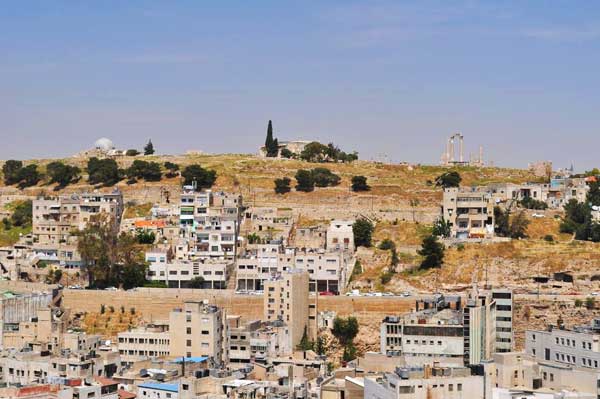
Petra
Ranked as one of the New Seven Wonders of the World, the UNESCO World Heritage Lost City of Petra, extending out of the rocks, is Jordan’s most valuable treasure and the primary lure for many travelers since it appeared in the film ‘Indiana Jones and the Last Crusade.’ Inhabited since prehistoric times, this Nabataean caravan-city is also one of the world’s most archaeological sites that was rediscovered in 1812 by a young Swiss explorer Johan Ludwig Burckhardt.
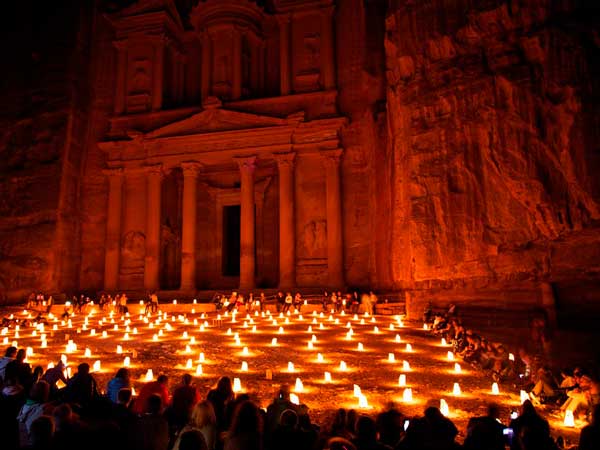
You will find a wealth of pictures and a lot of posts about Petra when you surf the Internet, but many say that it’s something to be seen to be believed, as nothing can completely reveal its beauty and ambiance.
The Dead Sea
Believed to have been home to five Biblical cities – Sodom, Gommorrah, Adman, Zebouin and Zoar (Bela), Dead Sea, ideally nestled deep in the Jordan Valley, some 55 km southeast of Amman, is truly one of the nature’s living miracles that never fails to dazzle visitors from around the world. What appeals more about the see is that without putting much effort into it, your body will easily float on the sea, because it is super salty and contains a huge amount of chloride salts of magnesium, sodium, potassium, bromine and several others. Red Sea is a superb destination for divers of all levels, as well as a great place to simply relax on the beach.
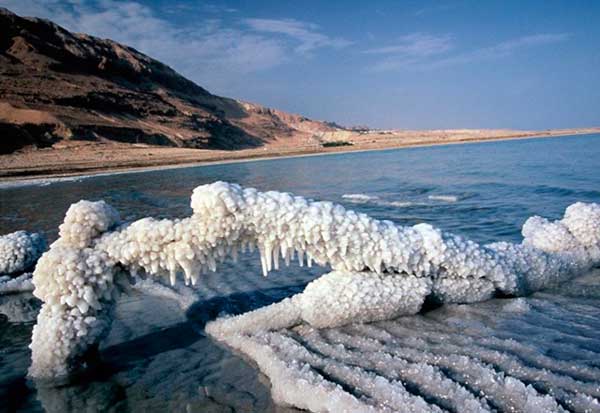
From visiting the truly unique rose-red city of Petra and exploring the majestic Roman ruins of Jerash, to trekking overnight in the Wadi Rum desert which easily rivals with Lawrence of Arabia and discovering the exceptional vestiges of Umayyad Palace built deep in the desert, Jordan will entice holidaymakers looking for cultural experiences, interesting encounters and adventures.
SAFE, DIVERSE and BEAUTIFUL, travel to Jordan is a must-do on everyone’s itinerary for the Middle East.

